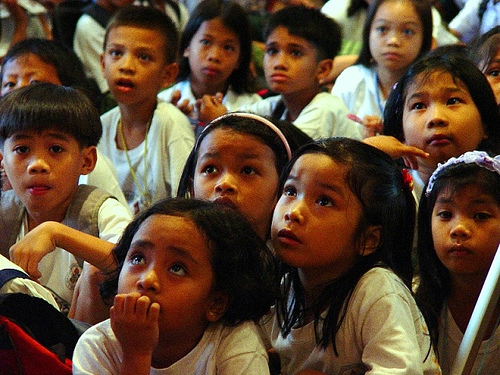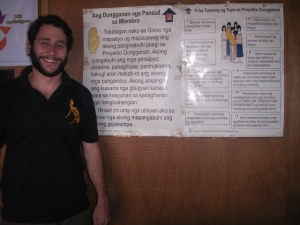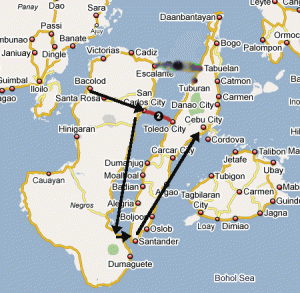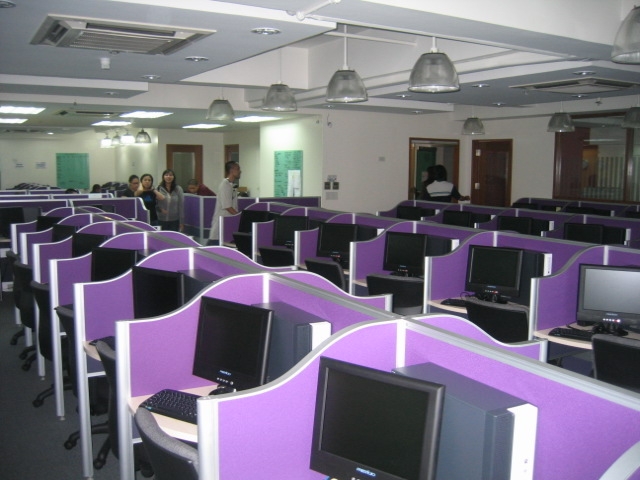This is a journal about the practice and theory of microfinance, and, more broadly, international economic development and poverty alleviation globally. If you’d like to get new posts sent to your inbox, please sign up, or subscribe to to my RSS feed. Thanks.
In an earlier post, I talked about green products and the concept of the triple bottom line. Environmental cookstoves save money, save lives, and produce less carbon emissions. Believe it or not, black carbon, or soot from cookstoves in developing countries, is the number-two contributor to global warming. These more efficient stoves pay dividends. But this is not the only green product serving the developing world. Solar products – lanterns, cell-phone charging stations, DVD players, and even micro-utilities – offer a cheap, alternative means of energy delivery in the third world.












